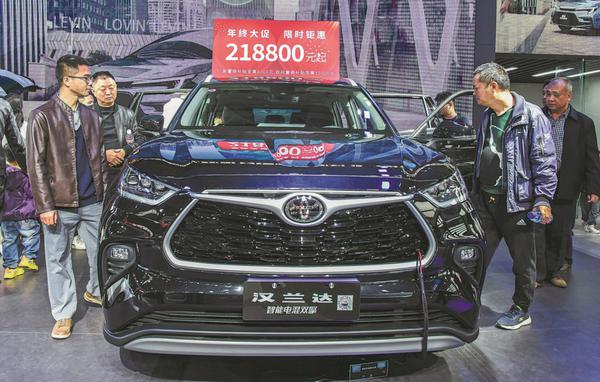
A car that is part of the trade-in program attracts potential buyers during an expo in Nanning, Guangxi Zhuang autonomous region. (PENG HUAN/FOR CHINA DAILY)
China has rolled out more forceful measures to promote large-scale equipment upgrades and consumer goods trade-ins, as the world's second-largest economy has put boosting demand high on its work agenda this year in the face of domestic and external headwinds, officials and experts said on Wednesday.
Significantly increased funding from ultra-long term treasury bonds and extended coverage of eligible items will further spur these business investments and consumption-boosting initiatives, allow more households and enterprises to reap the benefits, and give a much-needed boost to the country's economic recovery, they said.
Last year's experience shows that these initiatives have been proven effective in driving consumer demand and catalyzing investment growth, as well as facilitating industrial upgrading and supporting the country's green transformation, said Zhao Chenxin, deputy head of the National Development and Reform Commission, during a news conference in Beijing.
Retail sales of new energy passenger vehicles came in at 11 million units in 2024, while the total volume of equipment upgrades in key areas across the country is expected to have reached over 20 million units, according to the commission, the country's top economic regulator.
As US president-elect Donald Trump — who has raised the idea of imposing tariffs of up to 60 percent on all Chinese goods — is about to return to the White House later this month, China is set to boost domestic demand, both in terms of investment and consumption, to offset potential external shocks, said Zhang Yongjun, secretary-general of the China Center for International Economic Exchanges.
"Fostering expansive and robust domestic demand goes beyond merely addressing immediate concerns, as it lays the foundation for China's continued advancement and the realization of its modernization aspirations," Zhang said, adding that these initiatives could be important levers.
This year, China has broadened the scope of its equipment upgrade program, with a strong emphasis on high-end, intelligent and green applications, and the government has also earmarked funding to provide loan interest subsidies to lower businesses' financing costs, according to a guideline issued by the commission on Wednesday.
By investing in the replacement of outdated equipment with advanced, high-tech alternatives, the government is not only creating a strong impetus for effective investment, but also improving operational efficiency and competitiveness of relevant industries, said Dong Yu, executive vice-president of the China Institute for Development Planning at Tsinghua University.
China has also intensified support for consumer goods trade-ins, with more categories such as mobile phones, tablets and smartwatches eligible for subsidies, as noted by the guideline.
The 150 billion yuan ($20.5 billion) from last year's ultra-long term treasury bonds dedicated to the trade-in initiative has generated a multiplier effect, leading to a 2.5-fold increase in new consumption, said Wang Qing, chief macroeconomic analyst at Golden Credit Rating International.
The amount of funding allocated to support the initiative this year is expected to double compared to 2024, reaching 300 billion yuan, Wang said.
"Our estimates suggest that the increased funding could drive around 750 billion yuan in new consumption, which would translate to a 1.5 percentage point acceleration in the year-on-year growth of total retail sales of consumer goods in 2025," Wang added.
The central government recently front-loaded 81 billion yuan in funding for the consumer goods trade-in program in 2025, said Fu Jinling, an official with the Ministry of Finance.
Policymakers will take into account a comprehensive set of factors, including demographics, regional GDP, household ownership of automobiles and home appliances, as well as the performance of the 2024 trade-in program, to determine the appropriate funding levels for each provincial-level region, Fu said.
In particular, funding allocation will be weighted toward regions that have achieved the most success with consumer goods trade-ins last year, Fu added.








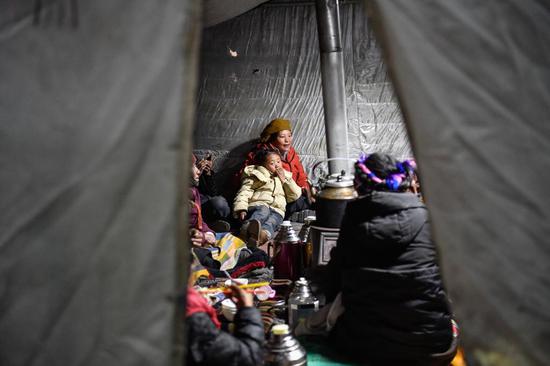








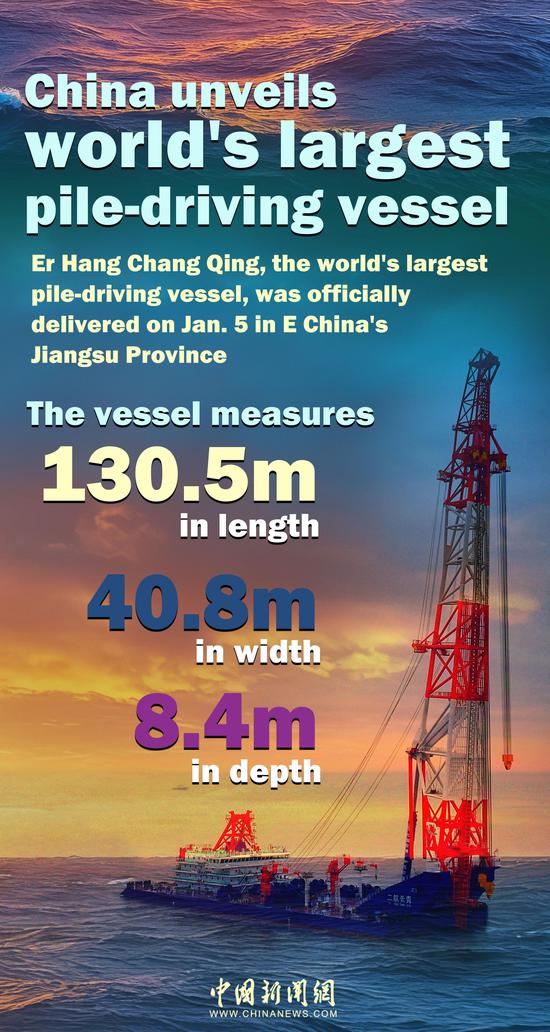

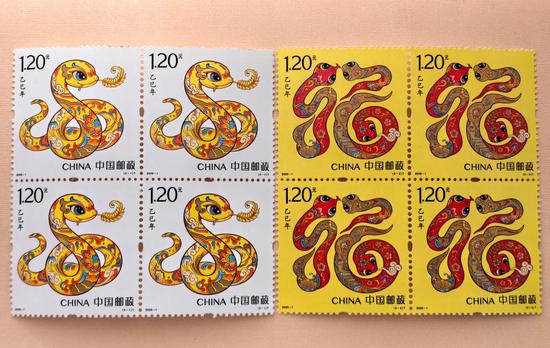



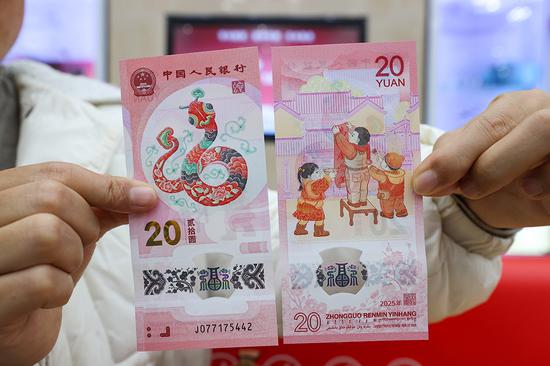

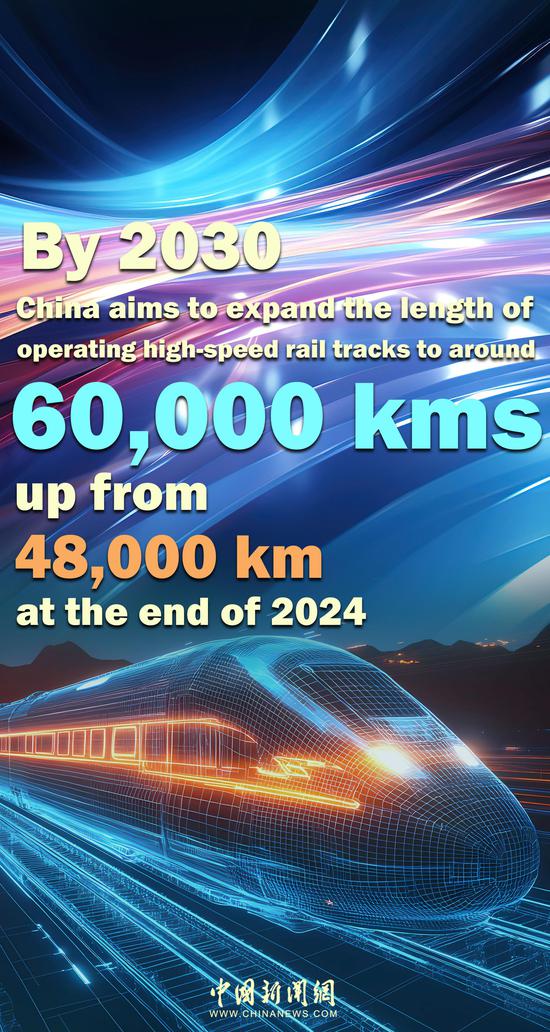
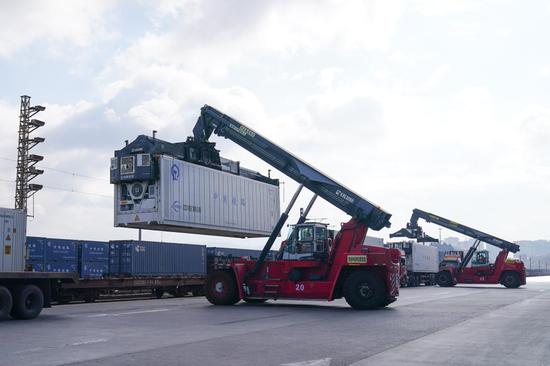



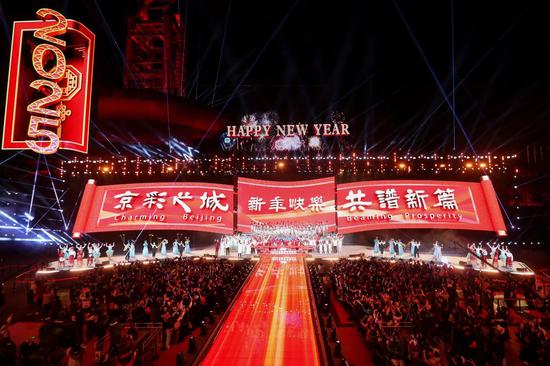



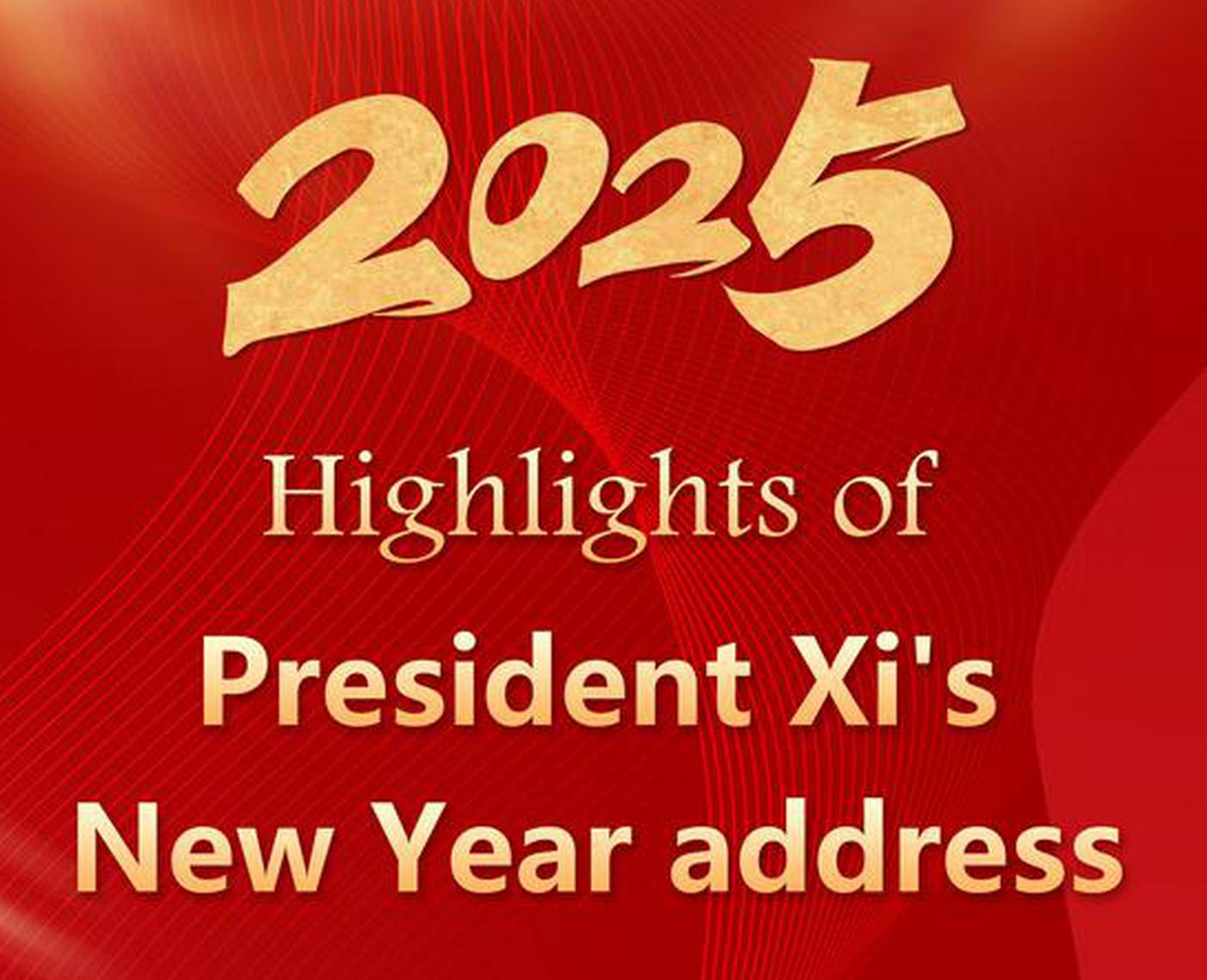




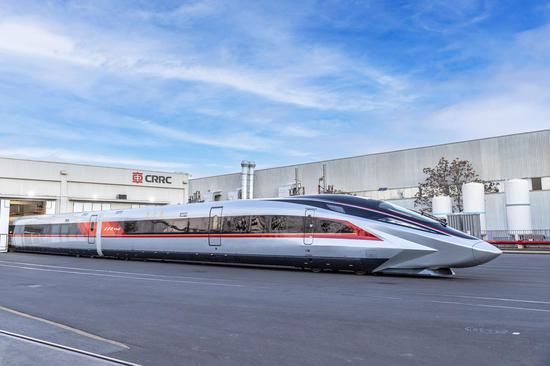

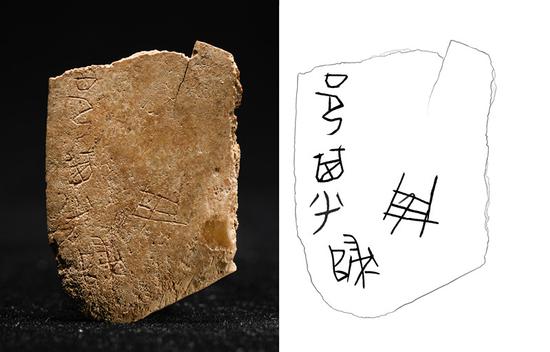

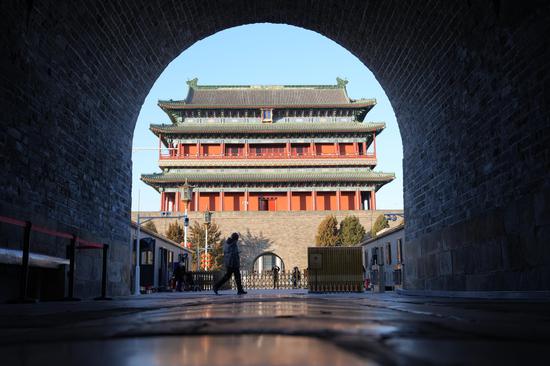


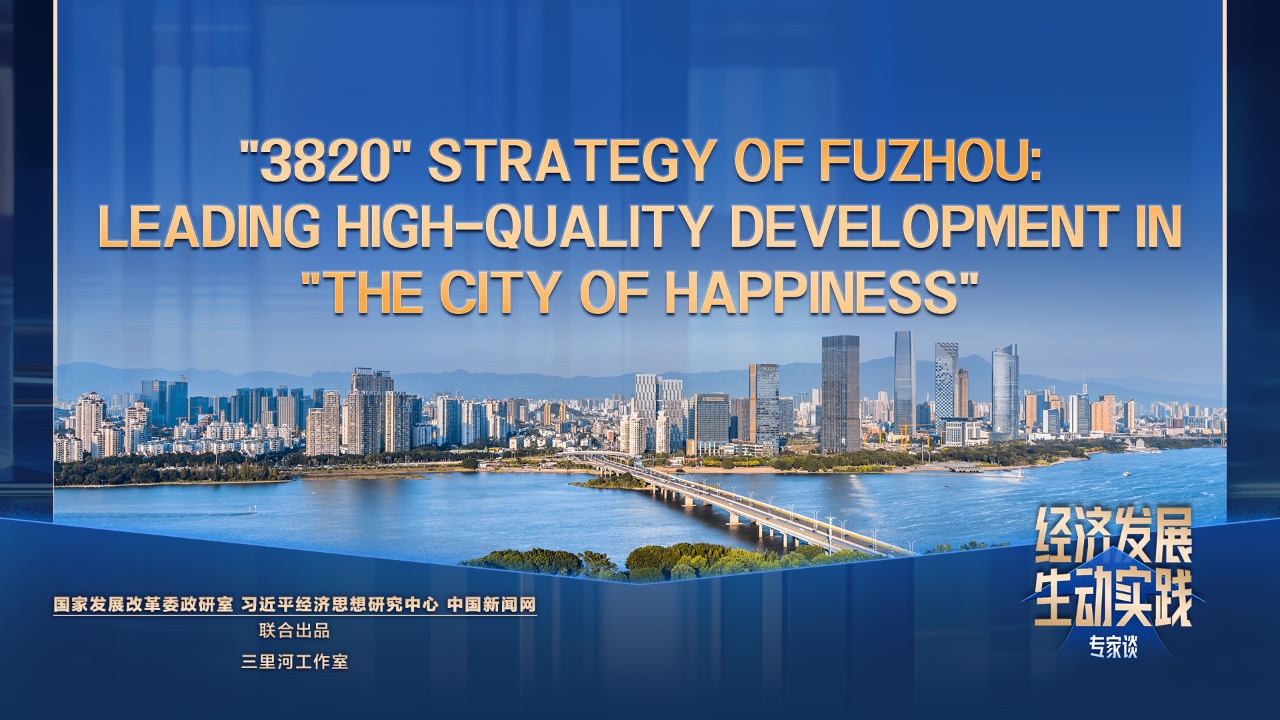



 京公網安備 11010202009201號
京公網安備 11010202009201號